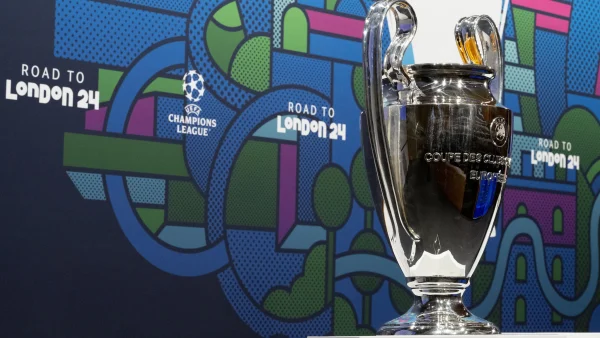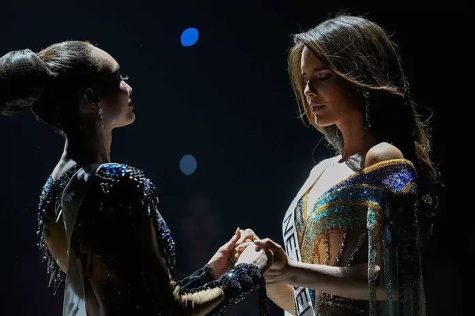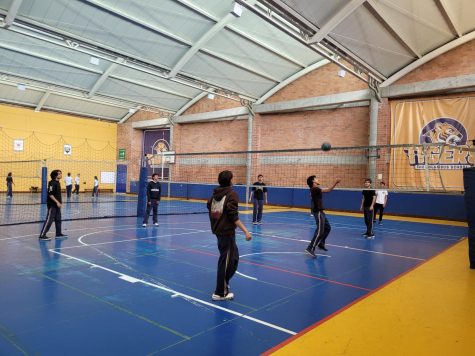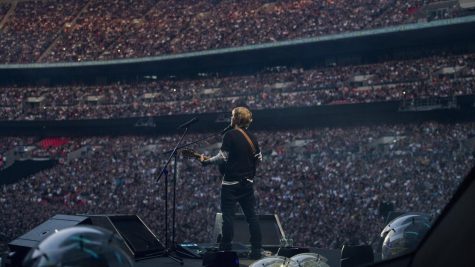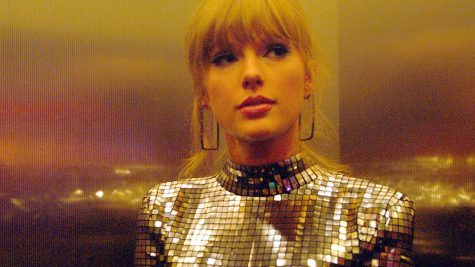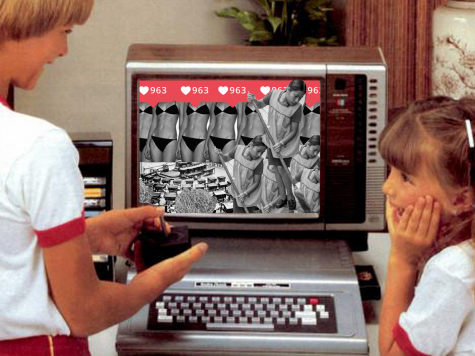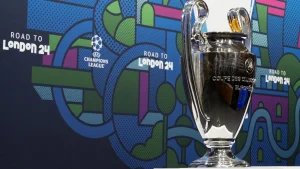Are Creative Careers Worth It?
“Across America, 45% of workers say they are either satisfied or extremely satisfied with their jobs. Only 20 % feel very passionate about their jobs. Meanwhile, 54 % believe they have reached a dead-end in their career or are eager to change careers…” Hence, people’s need of seeking economic security and “success” blinds them into pursuing “normal” careers that will eventually lead them to unhappiness. In our society, the idea of being a professional artist or pursuing a creative career is seen as something unstable and irrational. Such stigmas and ways of thinking encourage others to pursue society’s perception of happiness and success in money.
The art industry’s exclusivity and traditional ways scare young, passionate, creative minds and makes them wonder if they can truly succeed in such a competitive field. Even though art promotes diversity and self-expression through the use of different mediums, galleries and respected figures still exclude minorities. The market prefers to define art by the artists’ gender, ethnicity, sexual orientation, or age. According to one of ArtNet news reports, “…over 80% of American artists represented by top New York galleries are white and 70% male. This means that Asian (8.1%), African (8.8%), Latino (2.1%), Middle Eastern (1%), Pacific Islanders (0.2%), and Native American artists (0.1%) are struggling to reach a 20% mark…” The fact that minorities are not recognized and valued by art curators and galleries, while the average “white male artist” are, clearly shows the different biases and prejudices that actually rule and define this industry. No wonder why young passionate artists are so scared of studying arts. No one wants to go into a field where they’re going to be critiqued by their identity markers and not by their actual abilities and work.
Even though the industry itself is well known for its exclusivity and noticeable biases, some of the members of the art community are actually trying to make a change and embrace the talent and originality within diversity. For example, how art institutes are now “…educating and hiring curators, who can incorporate art by underrepresented groups into an existing narrative,” represents the beginning of an inclusive field, that promotes the idea of originality and expression. Thus, such inclusive field will lead to success and recognition no matter the artist’s persona. However, even though the complex management of the industry is slowly evolving, some people are still too afraid of not winning the market’s attention, and decide to seek economic stability in other careers.
The pressures of having economic security makes people forget the value and the importance of following their passions and how this will affect their future happiness. In our society, we have been repeatedly reminded of the importance of money in our lives. If we want to buy nice clothes, travel or buy groceries you need to have a good income. “We live in a society where the only way to earn ‘good money’ is by studying medicine, law, or being an entrepreneur. So, if you only have three sustainable pathways, how can you be an artist? Everything is about money. If we worried about happiness and emotions, arts, biology and alternative careers, those partaking in them wouldn’t be that unstable.” Tomas Jaramillo, 12th grade TCS student, said. As privileged individuals, we are used to having a comfortable lifestyle. Even though there’s nothing wrong with this, when choosing a career, we prefer to think about how successful or wealthy we can eventually be. Consequently, we decide to ignore our true passions, interests, and aspirations just because we’ve been told that studying arts will not give us enough wealth. “Will I gain enough money? Will I be able to get a ‘decent’ job?” Our privilege only makes us question our passions and if these ones are truly worth sacrificing a big salary. And although money and income are an important component in today’s world and we should not underestimate their importance in our futures and how they affect our decision-making, we shouldn’t consider sacrificing our passions in painting, music, writing, or design for a boring job and “successful” career we don’t even enjoy doing. Who said a professional artist can’t earn “good” money in order to support themselves?
People believe art and other creative careers don’t secure as much money as other professional careers. For example, Dan Schlesinger, who was an unhappy Harvard Law alimni, lost his enthusiasm while being a respected lawyer and decided to pursue art professionally, regardless not knowing the industry. “Before long I was making enough money as an artist to leave the practice of law forever… The important thing is that I am an artist and I love what I do…It took me a long time to become an artist, and I wonder if I should have started that ride sooner.” The fact that Schlesinger, as a well-paid lawyer was able to leave his practice and support his family while pursuing art, highlights how valuable art can be emotionally and also physically. If a person truly enjoys and cares about what they’re doing, this is going to be reflected on their work and results. In this particular example, even though Dan Schlesinger’s work was not showcased in The MoMA or illustrious galleries, he was able to publish his illustrations in multiple Harry Potter book covers and expressed the passion he felt for art.
All in all, although the arts and creative industries are tough, competitive, and exclusive, people shouldn’t ignore their passions and the things that encourage them to learn, work, and grow. If this is you, don’t feel pressured to maximize economic security and simply ask yourself whether you feel truly passionate about what you are doing, or planning to do, as a professional.

